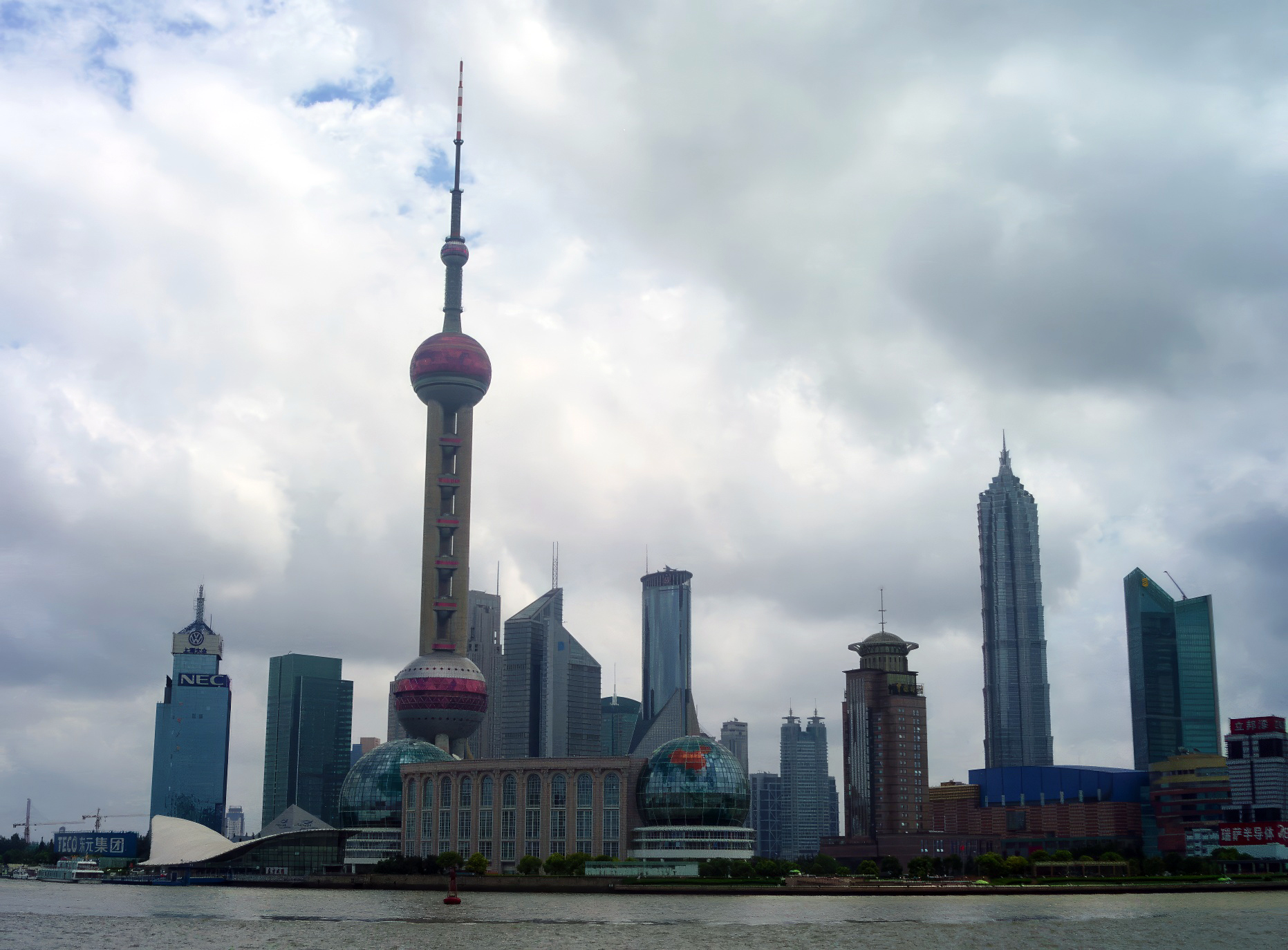Approximately 40% of the global population lives within 100 km of a coast. This also holds true for the US population, as the maps below illustrate.

This map, while it doesn't demarcate the cities explicitly, is crafted with much newer data (2010) and I think conveys a bit more strongly just how drawn to the coasts human settlements are. Take a careful look at the areas in red - these correspond to areas with 70 million or more people at the coast. What do you notice about these areas and their likely vulnerability to climate change impacts?

And what of the US? This one is perhaps the most striking to me. Maybe that's because I'm more familiar with the US and so I'm able to process this better. Look at the tiny slivers of blue counties lining our coasts - over 146 million people live here!

The physical impacts of climate change on coastlines are bad, but the human impacts could be even worse. Humans put more pressures on coasts than any other area, which should be no surprise to you now that you've seen how reliant on the coasts are settlements are.
- 8 of the 10 largest cities are coastal (UN Atlas of the Oceans)
- Tokyo, Japan
- Mexico City, Mexico
- Mumbai, India
- Sao Paulo, Brazil
- New York City, US
- Shanghai, China
- Lago, Nigeria
- Los Angeles, US
- Calcutta, India
- Buenos Aires, Argentia

